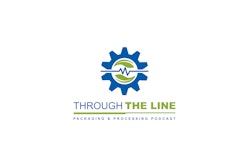A June 2 FDAnews.com article said, “The report found the overall likelihood of approval for all developmental candidates in Phase 1 trials to be 9.6 percent, with that number climbing to 11.9 percent if oncology candidates are excluded.”
A deeper dive into BIO’s “Clinical Development Success Rates 2006-2015” shows exactly 7,455 development programs across 1,103 companies were recorded and analyzed.
Among the key takeaways from BIO’s report were the following:
• Rare disease programs and programs that utilized selection biomarkers had higher success rates at each phase of development vs the overall dataset.
• Chronic diseases with high populations had lower likelihood of approval (LOA) from Phase I vs the overall dataset.
• Of the 14 major disease areas, Hematology had the highest LOA from Phase I (26.1%) and Oncology had the lowest (5.1%).
• Sub-indication analysis within Oncology revealed hematological cancers had 2x higher LOA from Phase I than solid tumors.
• Oncology drugs had a 2x higher rate of first cycle approval than Psychiatric drugs, which had the lowest percent of first-cycle review approvals. Oncology drugs were also approved the fastest of all 14 disease areas.
• Phase II clinical programs continue to experience the lowest success rate of the four development phases, with only 30.7% of developmental candidates advancing to Phase III.
BIO is a global trade organization representing biotechnology companies across the U.S. and in more than 30 other nations.





















